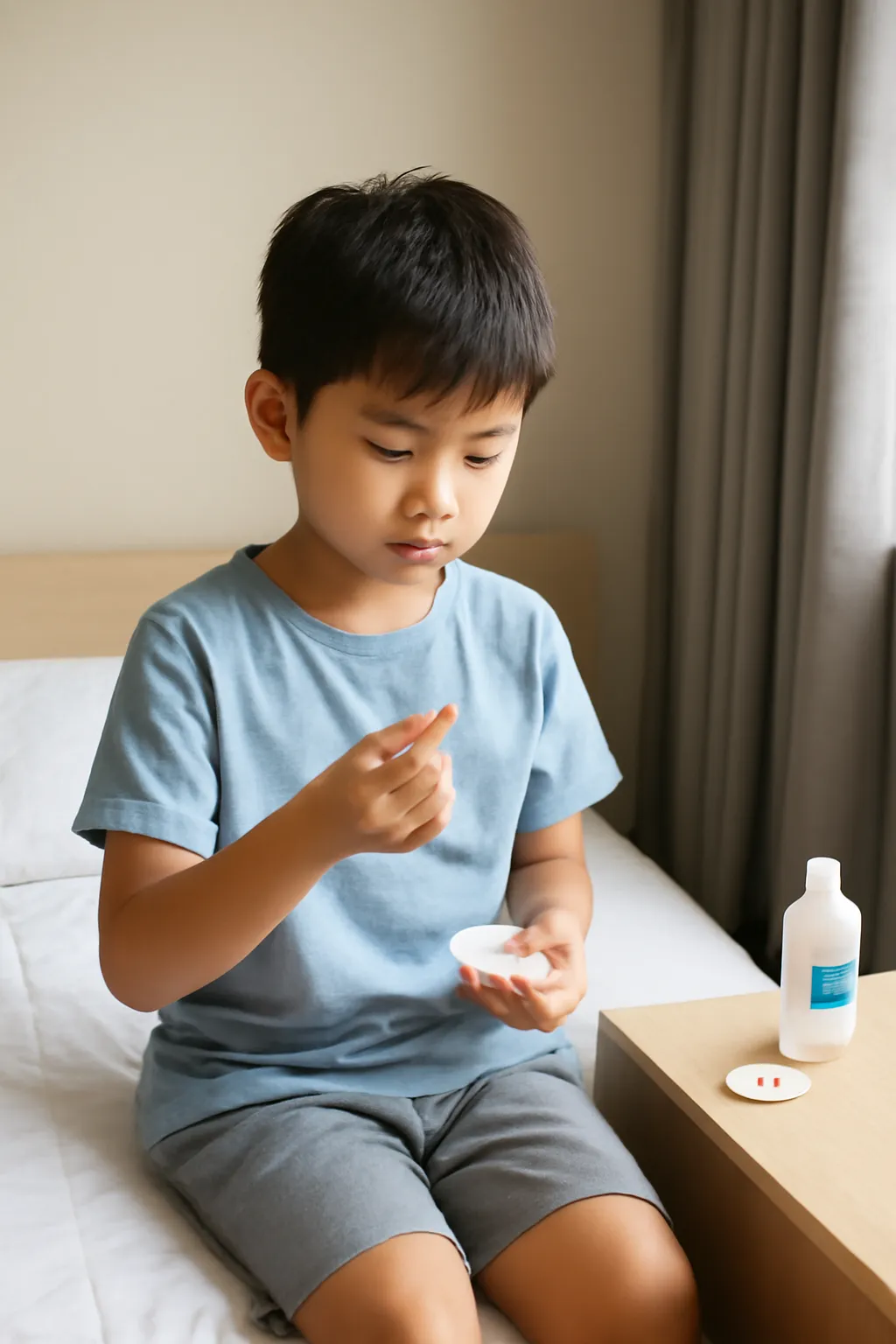Are you curious about the dream lens preservation for elementary school students? What is the price, and what side effects should you know about? Read on to learn all the essential details!
Contact lenses, including specialized dream lenses, are becoming increasingly popular among parents of elementary school students, offering solutions for a variety of eye conditions. Dream lenses are particularly useful for managing myopia progression in children, and understanding how to preserve, purchase, and manage them can greatly enhance the experience. But with the advantages come questions about cost and potential side effects. This article will cover everything you need to know about elementary school dream lens preservation, price, and side effects, helping you make informed decisions for your child.
Recommended for Dream Lens Preservation
Dream lenses are designed to be worn overnight, gently reshaping the cornea to reduce myopia progression. Preservation of these lenses is key to ensuring their effectiveness and longevity. Proper care ensures that lenses stay free from debris, bacteria, and other irritants, helping to prevent infections or discomfort.
1. Proper Cleaning Techniques
Before and after using dream lenses, always clean them thoroughly using a sterile lens solution. It’s crucial not to use tap water or saliva, as this can introduce harmful microorganisms to the lens. Cleaning should be done using gentle circular motions to ensure every surface of the lens is disinfected.
2. Storage in a Clean Case
Your child’s dream lenses should be stored in a clean, dry case. Avoid using a case that has been exposed to dirt or moisture, as this can lead to contamination. Make sure the case is replaced every few months to prevent bacterial growth and lens degradation.
3. Avoiding Direct Sunlight
While storing lenses, it’s important to keep them away from direct sunlight or extreme heat, as this can distort the lenses. Opt for a shaded, cool place to store the lenses when not in use.
By following these simple steps, you can extend the life of your child’s dream lenses and ensure they provide the maximum benefit in managing myopia progression.
👉 Learn More About Dream Lens Care 👈
Elementary School Dream Lens Price
The price of dream lenses for elementary school students can vary based on the brand, region, and specific lens type. Typically, the cost is influenced by the quality of the materials and the technology used to manufacture the lenses.
1. Initial Purchase Cost
The initial cost for a pair of dream lenses ranges between $300 to $800, depending on the brand and specific treatment package. Some lenses are more expensive due to their advanced features, like better oxygen permeability, which ensures that the eyes stay healthy even with extended overnight wear.
2. Ongoing Maintenance Costs
In addition to the initial cost, parents should also be aware of maintenance fees. These include the cost of lens solutions, storage cases, and occasional replacements. Depending on how well the lenses are cared for, they may need to be replaced every six months to a year, adding an extra expense of $100 to $300 annually.
3. Insurance and Financial Aid
Many health insurance plans now cover a portion of the cost of dream lenses, recognizing their importance in preventing myopia progression. Some clinics also offer financing options, allowing parents to pay for the lenses in installments.
While dream lenses are a substantial investment, their long-term benefits—especially in slowing the progression of myopia—often outweigh the upfront costs.
👉 Check Dream Lens Prices Near You 👈
Elementary School Dream Lens Side Effects
As with any medical device, dream lenses can cause side effects, especially if they are not properly maintained. Understanding these risks is crucial for ensuring the safety and comfort of your child.
1. Eye Irritation and Dryness
One common side effect of dream lenses is dryness and irritation, especially if the lenses are worn for too long or are not cleaned properly. The eyes may feel gritty, dry, or sore, which can cause discomfort throughout the day.
2. Infections and Inflammation
If lenses are not stored correctly, or if the lens solution is contaminated, there is a risk of bacterial infections. Symptoms may include redness, swelling, and excessive tearing. In severe cases, it could lead to corneal ulcers, which require immediate medical attention.
3. Reduced Vision Quality
Some children may experience temporary blurry vision when first wearing dream lenses. This side effect typically diminishes as the eyes adjust to the lenses. However, if blurry vision persists, it could indicate an issue with the lens fitting or alignment.
4. Potential for Corneal Damage
Improper fitting or extended wear can sometimes cause corneal damage, especially if the lenses are not regularly checked or replaced. It’s essential to attend regular follow-up appointments to ensure that the lenses fit correctly and are not causing any harm to the cornea.
While these side effects can be concerning, most are preventable with proper lens care and regular eye check-ups. Always consult with an optometrist to ensure that your child’s lenses are the right fit and are being used properly.
👉 Learn More About Dream Lens Risks 👈
In conclusion, dream lenses for elementary school students can be a valuable tool in managing myopia, providing parents with a solution that can potentially slow the progression of their child’s vision problems. However, proper care, maintenance, and understanding of the potential side effects are crucial for maximizing the benefits. By investing in high-quality lenses, ensuring they are properly maintained, and staying on top of regular check-ups, parents can help their children enjoy clearer vision with minimal discomfort. Remember, the key to successful dream lens use is both awareness and consistency.






